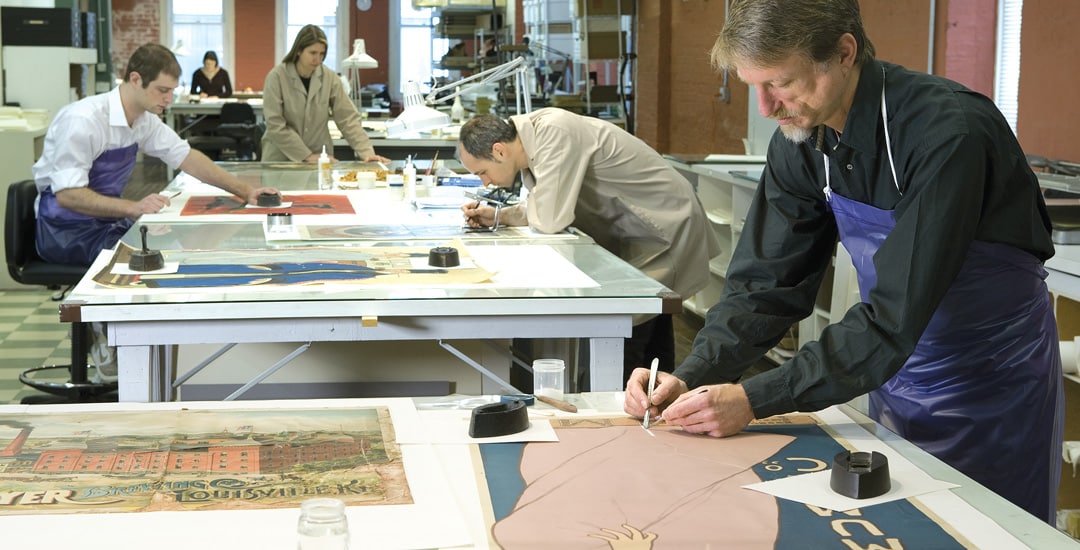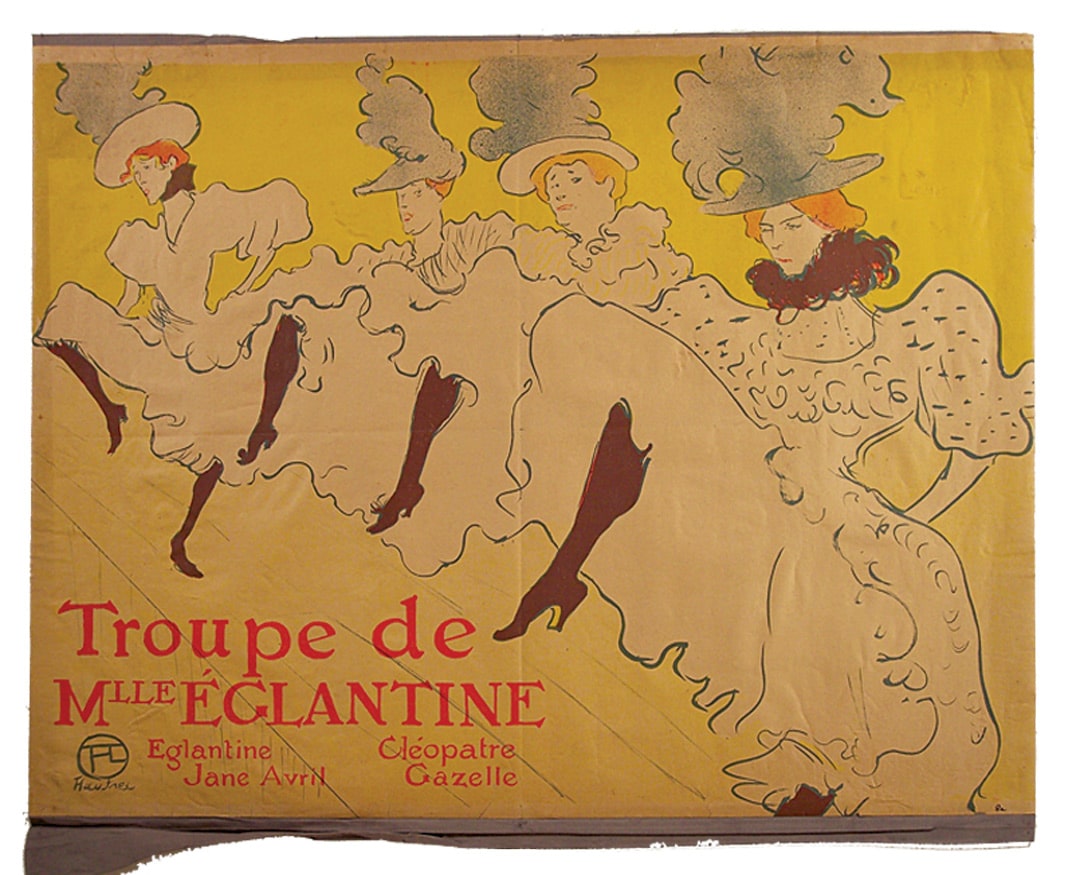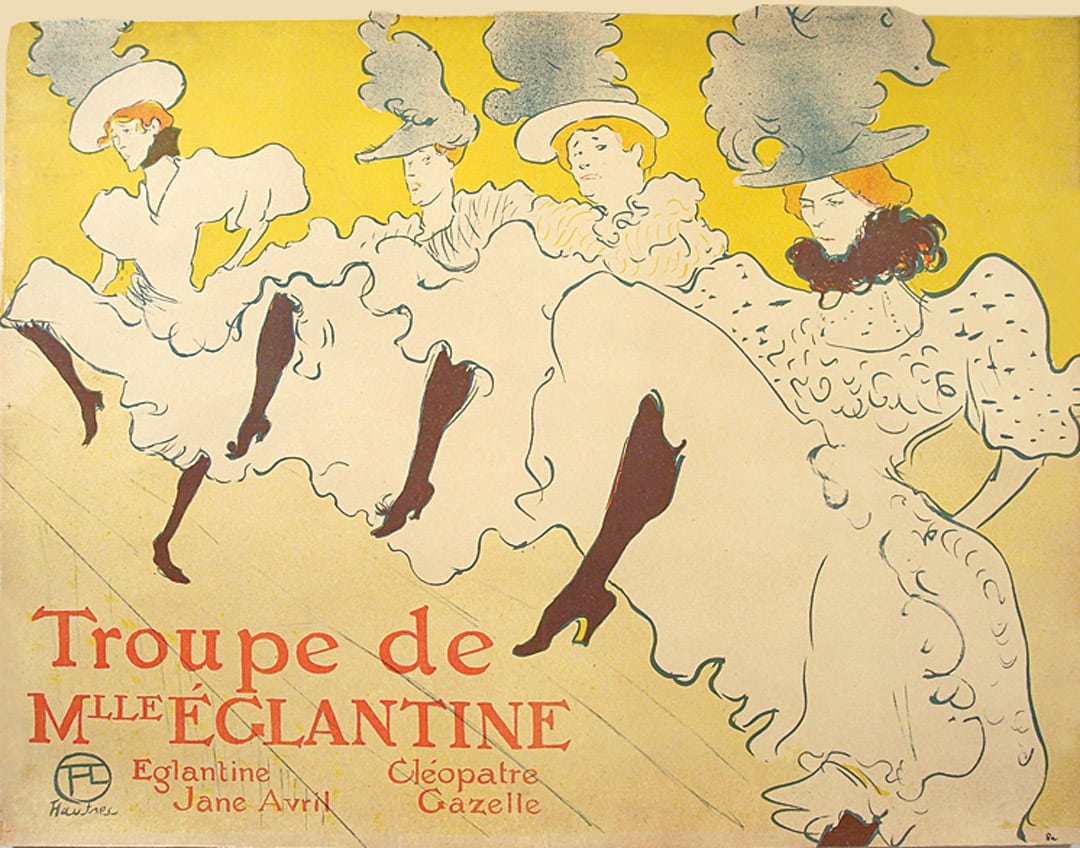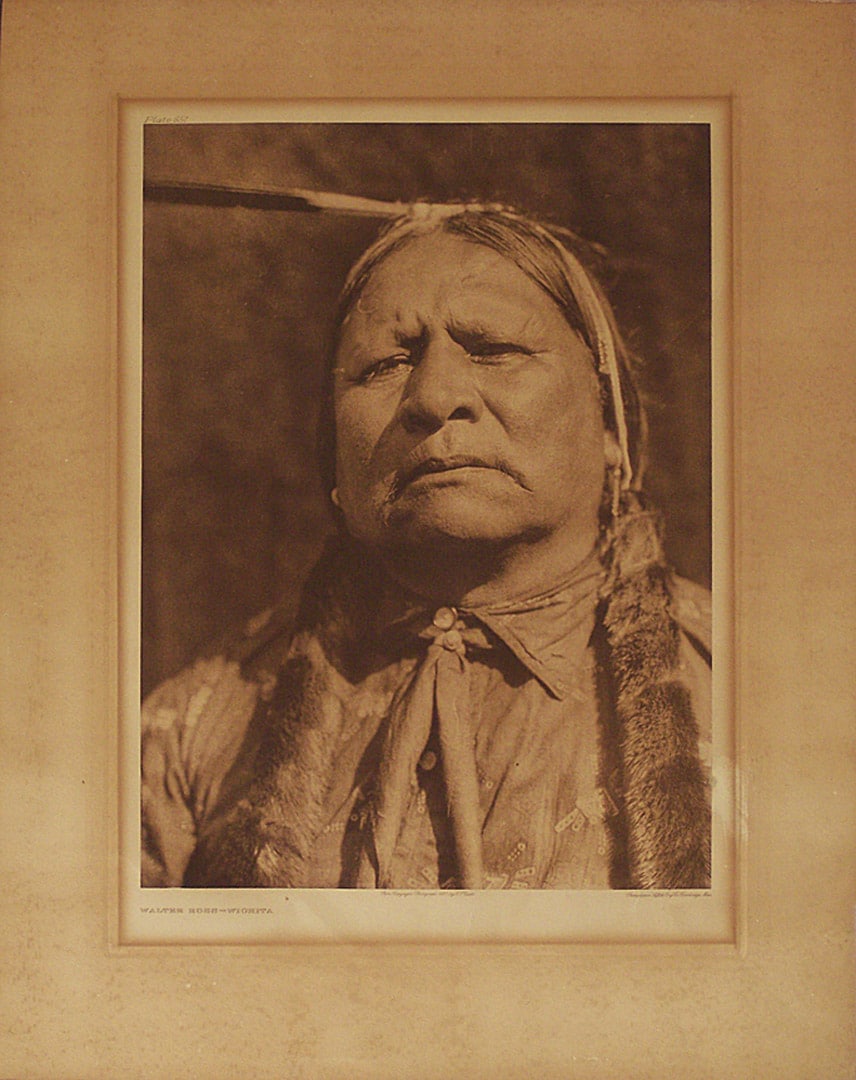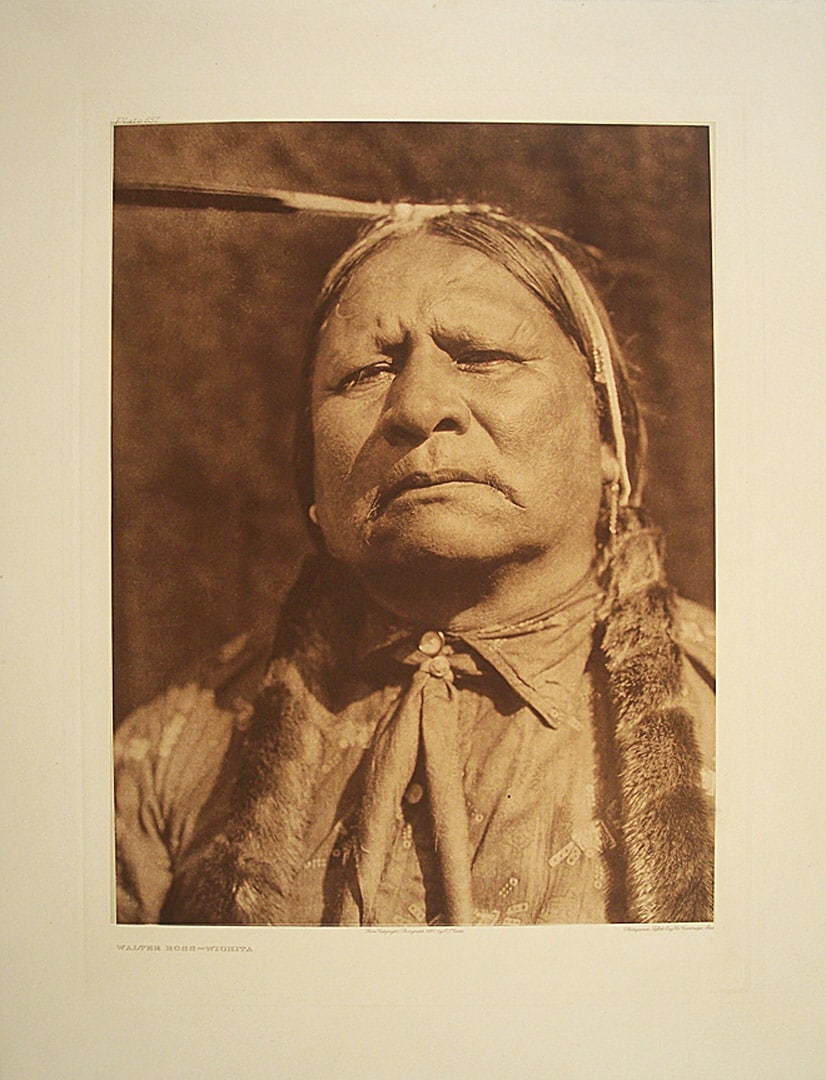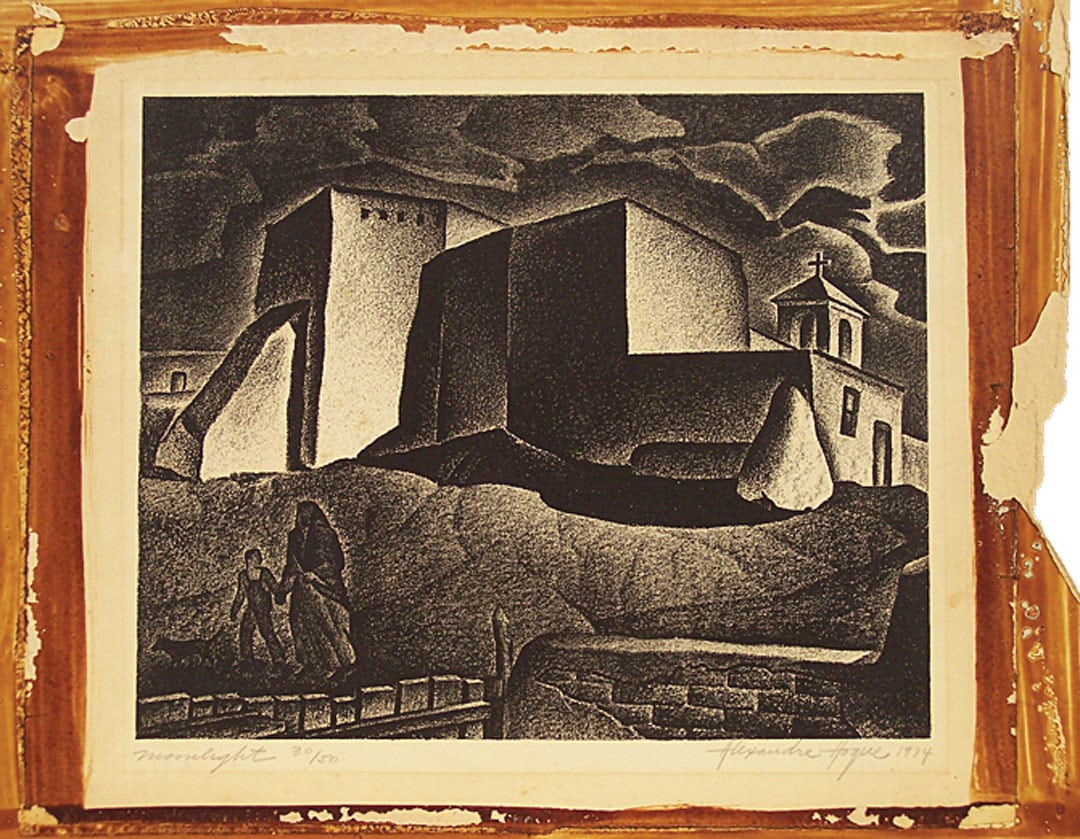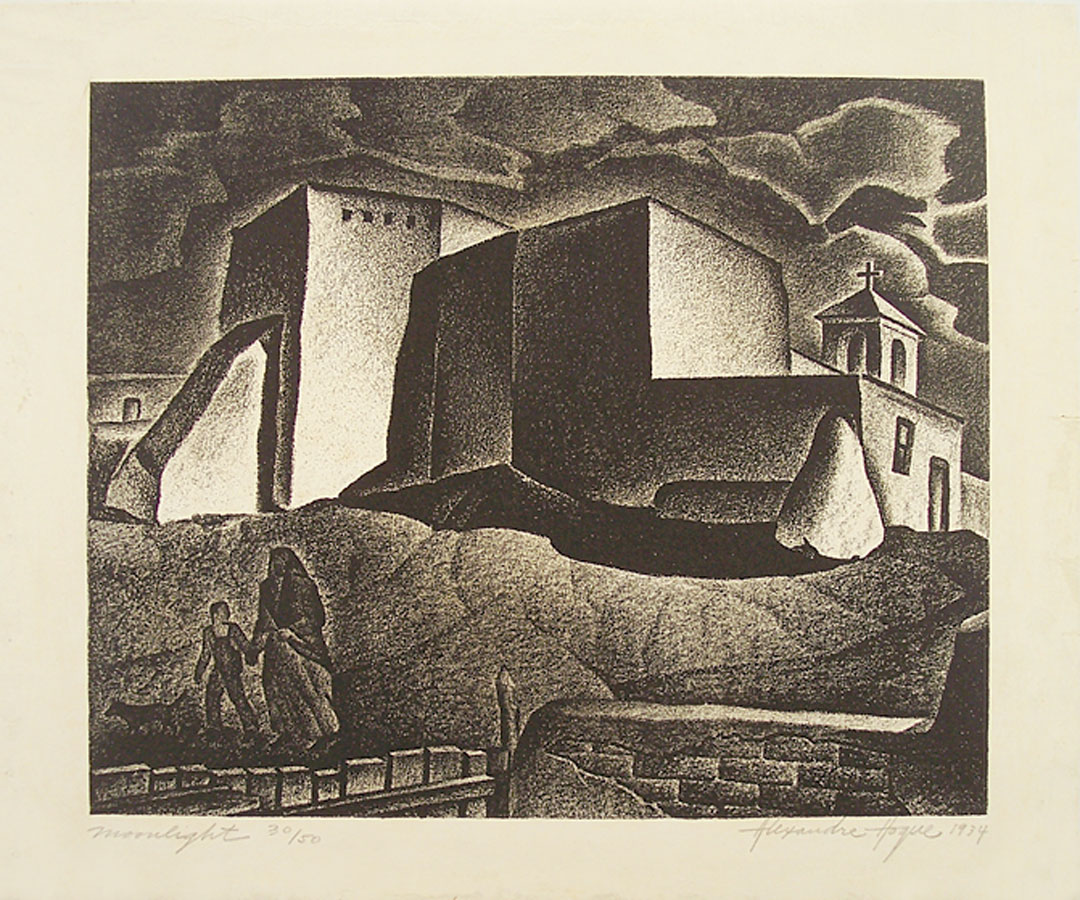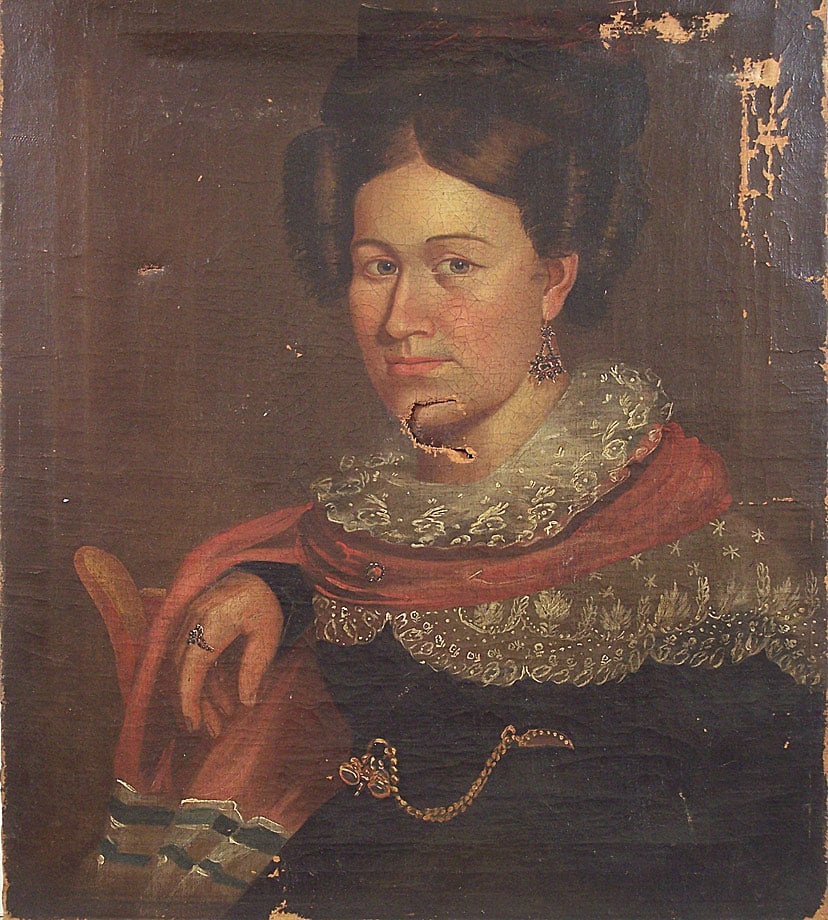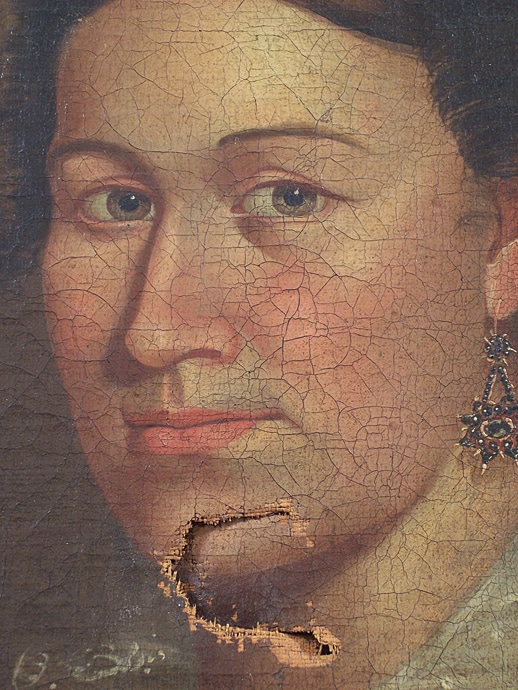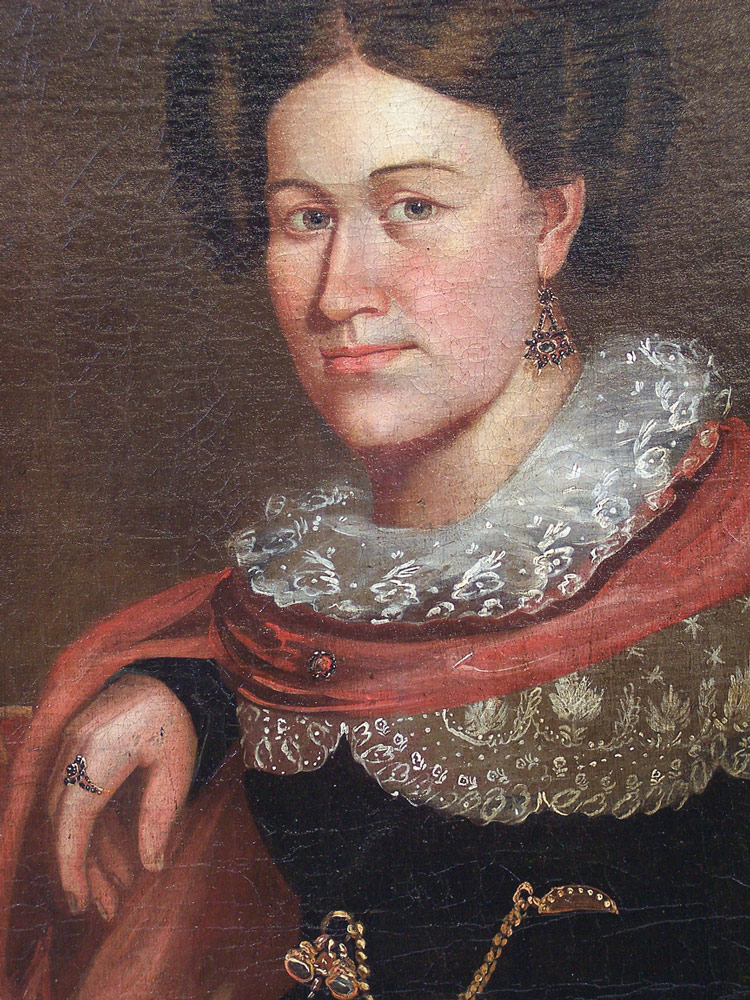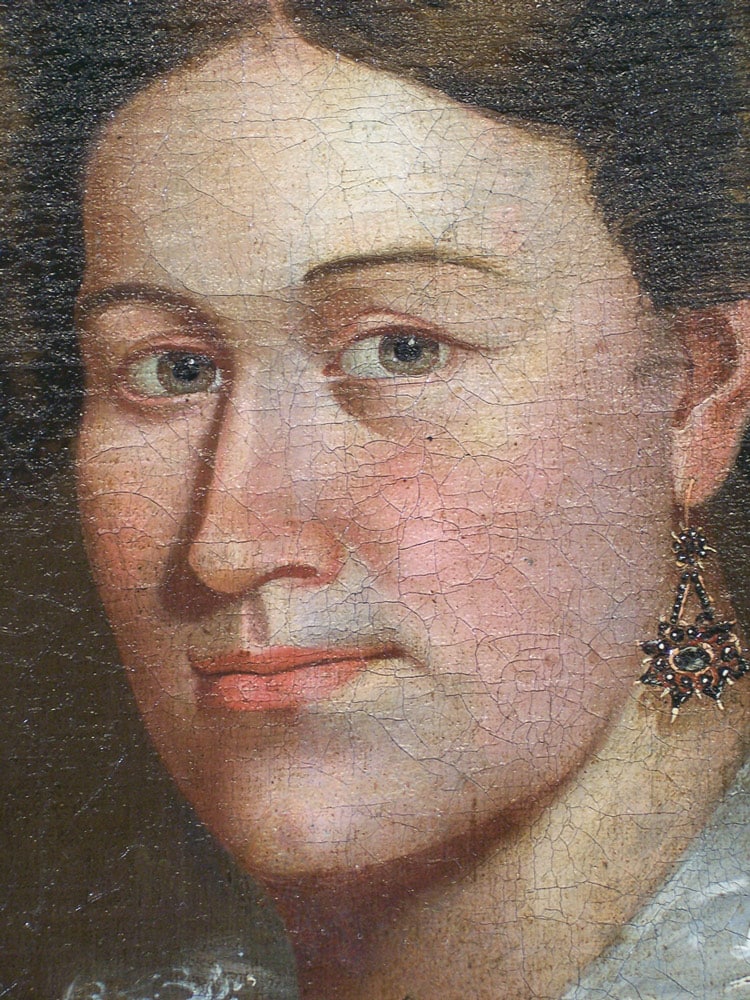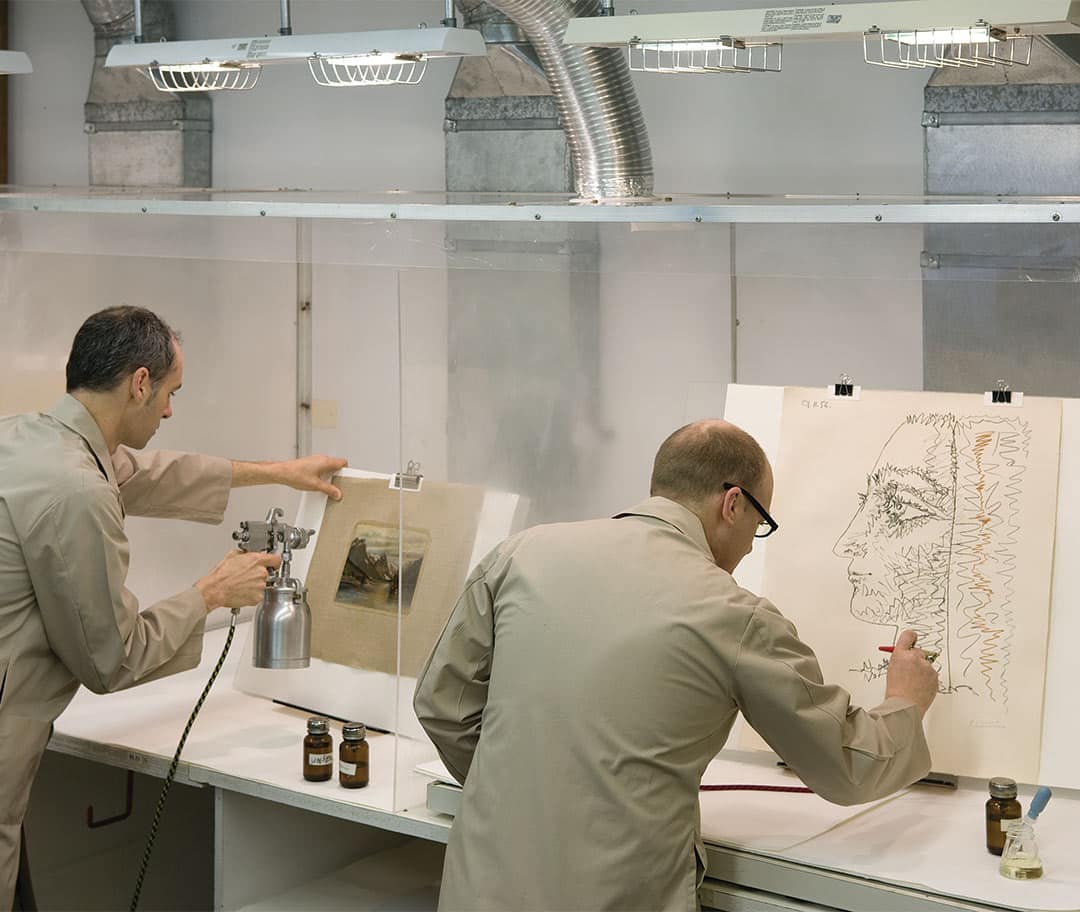Art Restoration, Information
Art Conservation and Restoration at Joel Oppenheimer, Inc.
An informational overview of the common condition issues found in works of art and memorabilia, and the corrective treatments used to restore and preserve them at our conservation facilities.
Many of us possess a treasured heirloom or work of art that has suffered damage. Perhaps it is an old and valuable letter or document, creased and torn from repeated folding and unfolding, yellowed and embrittled by an acid content. Or maybe it is an antique print that was framed long before standards for archival framing were commonplace. Now, the print may be stained with brown speckling, called foxing, and dark vertical lines transferred from old wooden shingles used to back the frame. Or it could be a photograph that was stored in a basement and damaged by water, a wavy brown tide mark discoloring the paper or canvas. Often, pieces such as these are considered a loss because their owners are not aware that the damage can be stabilized, and in many cases effectively reversed.
At Joel Oppenheimer Inc., a nationally recognized art facility since 1969, we specialize in the treatment of works of art on paper and canvas. Restoring everything from prints, photographs, and documents to paintings, maps, and Asian screens, our laboratories have developed and perfected techniques for the treatment of these materials using state-of-the-art technology coupled with old world craftsmanship. Our clients include major museums that require our particular expertise, smaller museums that do not have their own conservation facilities, as well as galleries, institutions and private collectors nationwide.
This article will examine several case studies in order to introduce common condition issues found in works on paper and canvas. Additionally, it will explore the common culprits and root causes of these condition issues before investigating the techniques employed to remedy them.
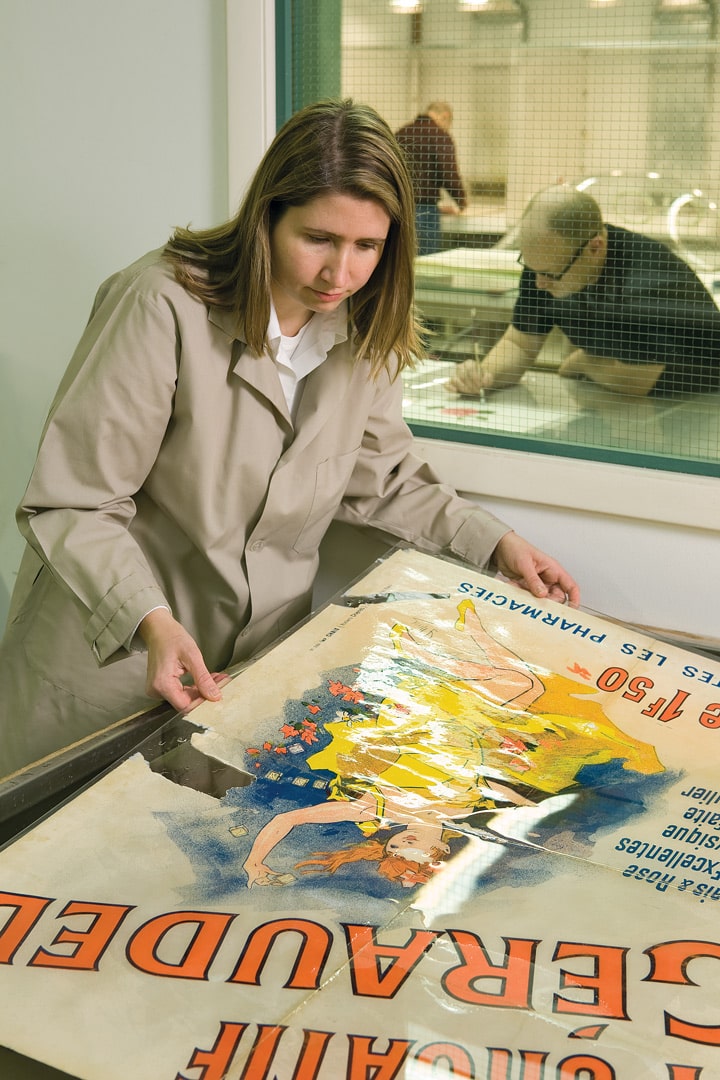
Case Studies – Before and After Restoration
A Lithograph by Toulouse-Lautrec Darkened by Acidity
In the before-treatment image of Toulouse-Lautrec’s La Troupe de Mademoiselle Eglantine (1895), we can see that tide marks caused by water damage are present, and exposure to acidity has stained portions of the print. Exposure to moisture and humidity can be detrimental to a work of art because these environmental factors allow mold to grow and cause the sheet to cockle. In addition to water damage, this print was stained by being improperly laid down on a poor-quality acidic paper mount. The acidity of the paper mount then transferred to the lithograph, resulting in the darkening of the sheet tone and areas of severe staining.
After treatment, the effects of which can be examined in the second picture above, the acidic mount and the damaging animal-based glue that was used to adhere it to the print have been removed. Additionally, the weakened paper was backed with acid-free mulberry tissue in order to reinforce the print and ensure its structural stability. Lastly, the staining was reversed and the paper was deacidified by aqueous treatments. The result is a crisp, flat, vibrantly colored lithograph that has regained its original appearance.
A Photogravure by Edward Curtis with Mat Burn
This photogravure of Walter Ross-Wichita (1927) by Edward Curtis exhibits a classic mat burn. Having been previously matted in an acidic mat made of wood-pulp fibers, the photogravures prolonged contact with the mat caused the acid to migrate into the artwork sheet itself. Although the high-quality paper of the photogravure was inherently acid-free, it had assumed the characteristics of the acidic mat. After treatment, shown above to the right, the staining has been reversed and the paper deacidified by aqueous treatments.
A Lithograph that was Glued to an Acidic Board
Much like Toulouse-Lautrec’s lithograph and Curtis’ photogravure, this black and white Alexander Hogue lithograph Moonlight (1934), was damaged by exposure to an acidic board. Prominently featured in the above image, an animal-based glue was used to adhere the mat to the artwork, resulting in the severe darkening of the margins. To treat the problem, the artwork was removed from the acidic mount, and the water-soluble animal-based glue was dissolved and removed from the front and back of the sheet. The result is a pristine lithograph with an even sheet tone and no lingering remanence of the adhesive.
Treatment of An Antique Oil Portrait
Before treatment, this painting exhibited multiple problems. To begin with, it was dulled by an old, discolored natural resin varnish that had been applied to the surface of the painting. Additionally, the linen substrate upon which the paint had been applied was embrittled and rotted from severe atmospheric damage. Consequently, the painting was cupping and crackled due to high humidity and extreme temperature differentials. Moreover, a severe curvilinear tear punctures the portrait area, marring the appearance of the individual’s chin.
After treatment, the portrait details above show that the curvilinear puncture has been mended with a nylon-based fiber. In order to mend this fiber seamlessly, a mold was taken from a portion of the healthy canvas and transferred to the area in need of repair, thus duplicating the original surface. Additionally, the linen itself has been relined in order to structurally stabilize the portrait. Likewise, the pigment losses throughout the painting, but perhaps most noticeably near the central puncture and the top right margin, were replaced and the old varnish layers were removed. Then, a final synthetic resin varnish layer was applied over the paintings surface. This synthetic varnish, unlike the initial natural resin varnish, is engineered to combat the degrading effects of time and the temperamentality of environmental factors. As a result, not only was the damage to the painting reversed, the work of art itself was stabilized in order to prevent further degradation.
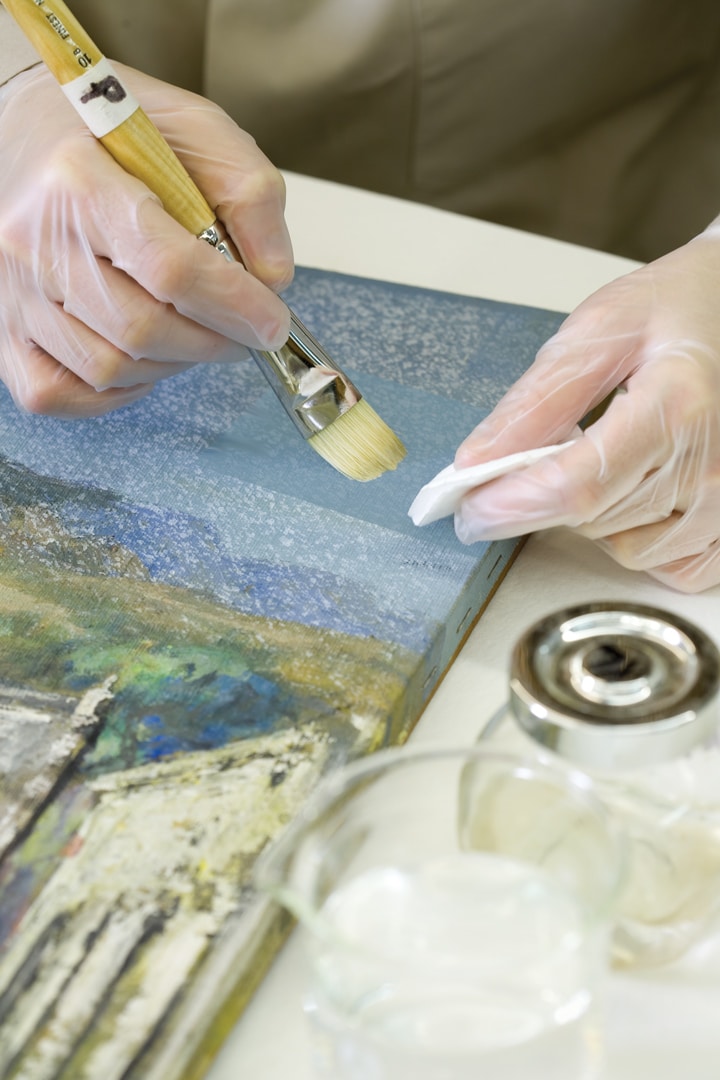
With expertise in both art and science, Joel Oppenheimer, Inc. treats every restoration project with singular care. Additionally, our laboratories espouse an ethical code of practice grounded in the principles of discretion, respect for original integrity, and reversibility. This means that if we examine a work of art that does not warrant restoration but instead could benefit from another form of treatment such as proper archival storage, our conservators will advise our clients accordingly. Additionally, all restorative work is carried out with respect to the artist’s original intent, and in a manner that is reversible and non-permanent.
If you have a work of art or family heirloom that could benefit from restoration, we invite you to give us a call or email and our staff will be happy to provide you with a restoration estimate. Please find our contact information listed at the bottom of the page.
More Information
To learn more about our restoration and conservation services, please visit our information page.
Learn More
